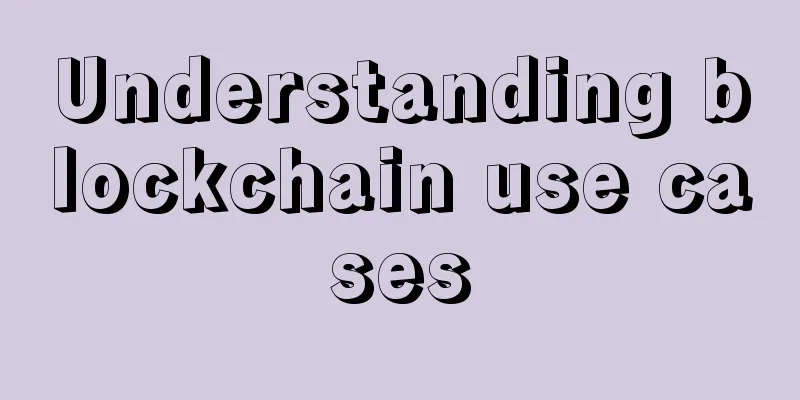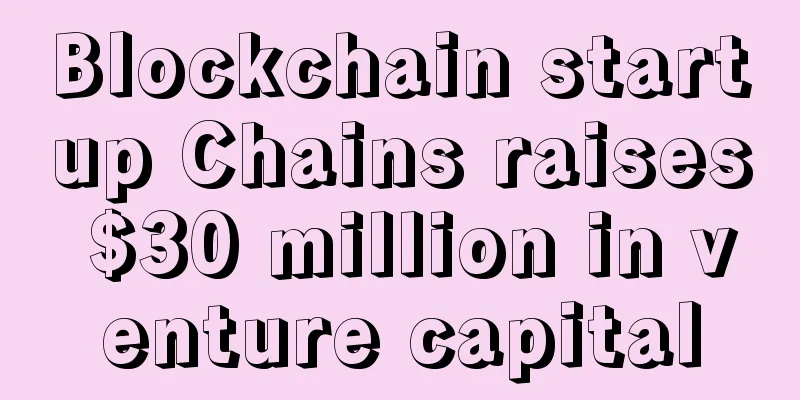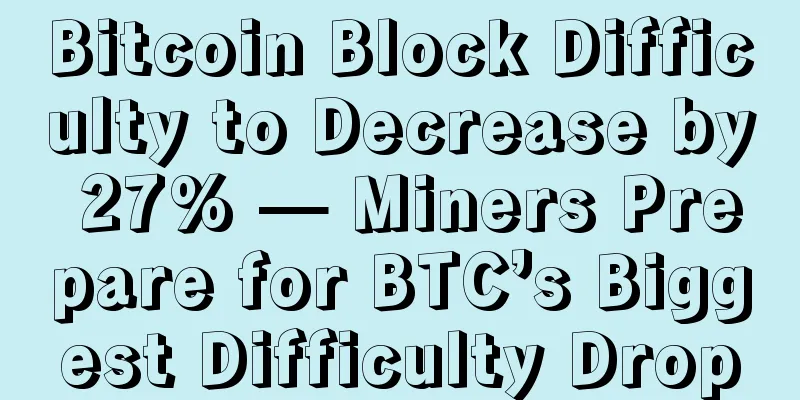Understanding blockchain use cases

|
This year is the year when blockchain (distributed ledger) is very popular. It was included in the Oxford Dictionary and was featured on the cover of The Economist and Bloomberg Markets. It can be said that 2015 is the year of blockchain. Financial institutions have sensed an opportunity. According to CNN, in the past two months alone, 13 financial services companies have invested in blockchain startups, and the total investment in the Bitcoin industry has exceeded $1 billion so far. Philip Gomm, head of banking and payments at Capgemini Consulting Australia, told Australian Banking & Finance magazine:
One of Ripple’s investors, the Spanish National Bank, believes:
With the industry focusing on the potential of blockchain development, it seems reasonable to assume that all asset transactions and deliveries will be built on a distributed database. This is well evidenced by the fact that this technology has received investment from a considerable number of financial services companies, including insurance companies, investment banks, and exchanges. Although financial institutions hope to catch up with the trend of using blockchain technology and strive to unleash innovation, not every application is satisfactory because, in general, a distributed system is not as efficient as a centralized system. That’s why, generally speaking, blockchain has the best chance of success in the clearing and settlement space, where centralized counterparties don’t yet exist. Cross-border payments are a good example (it is the support of the world economy and the most basic transaction). To a certain extent, due to political and sovereignty considerations between countries, the world has not formed a centralized institution to handle cross-border payment settlements. If there is a centralized institution in this case, the actual processing mechanism will not be so complicated. If all countries in the world can reach a consensus, even Paypal can easily handle it. Of course, under today's conditions, geopolitical realities will not allow such a global company to emerge. It is conceivable that Russia will not allow the United States to interfere with systemic payment infrastructure. On the other hand, killer APP applications with blockchain neutrality can provide more efficient cross-border payments. Of course, the operating rules of other assets are different from those of payments. For example, in the case of securities, in the United States, market participants have agreed in advance to an operating organization to centrally handle settlement matters, which is the Depository Trust & Clearing Corporation (DTCC). DTCC's branches handle the settlement of assets such as treasury bonds, equities, corporate bonds, municipal bonds, and mortgage-backed securities. (Original note: Former DTCC CEO Don Donahue is an advisor to Ripple) Since the operating institutions that handle clearing and settlement business already exist, changing the past transaction process will bring great costs to the industry and regulators. If so, is it realistic to switch to a blockchain system? Similar to our original intention of designing Ripple to support faster payments, a pain point that is often mentioned is that securities in the United States take 3 days to settle, that is, T+3. Blockchain can change the ownership of securities in real time. So can we switch to blockchain to achieve real-time equity settlement?However, the situation is a bit bleak. If we assume that the centralized counterparty is the main obstacle, it is a bit exaggerated. If we do not have a deep understanding of the internal system of DTCC, we cannot arbitrarily assume that the centralized database system cannot be upgraded to a real-time system. In theory, it is easier to upgrade a centralized system than a distributed system. For example, in the payment sector, more than a dozen countries have upgraded their national payment systems to real-time systems and retained central bank operations as central clearing institutions. In these cases, a centralized architecture has not become an obstacle to T+0. In 2012, commissioned by DTCC, Boston Consulting Group published an important article: “A Cost-Benefit Analysis of Shortening the Settlement Process”, which stated:
All of this seems feasible, but what about upgrading from T+1 to real-time? T+0 is not considered. It is not possible in the current industry because it requires exception handling and cross-industry support is weak. (Said in 2012) What is happening now is that when it comes to getting information from traders’ desktops, matching trades and sending them to settlement databases, there is a roadblock in the way - real-time centralized accounting is quite difficult. If the ultimate goal of the design is real-time, it is still not certain that the ultimate solution must be blockchain. And blockchain is not necessarily the lowest cost solution to achieve the goal. Original article: https://ripple.com/insights/understanding-blockchain-use-cases/ |
<<: Uphold accepts US members to top up via bank transfer, credit card, and debit card
>>: Bitcoin Jesus: My favorite Bitcoin application
Recommend
Iran has lifted the ban on Bitcoin mining that was implemented in May this year
According to Bitcoin Magazine, citing Iran Intern...
A basic overview of cryptocurrency mining
The digital currency has been around for eight ye...
Are the men and women of ten buckets and ten winnowing baskets compatible? Are the men and women of ten winnowing baskets compatible?
Are ten buckets and ten winnowing baskets a good ...
What kind of facial features of a woman represent her wildness?
The so-called wild and sexy woman is actually a m...
System installation and mining environment construction for graphics card mining
1. Preparation before making an operating system ...
Palmistry Diagram: Palmistry to See Official Career and Fame
Palmistry Diagram: Palmistry to See Official Care...
Illustration of the face reading of the horse tie post
Illustration of the face reading of the hitching ...
During the BTC bull market, which concept currencies rose?
The dispute over the US election has not yet ende...
Comprehensive analysis of the "Chuan" pattern on palmistry
Comprehensive analysis of the "Chuan" p...
Filecoin reputation system is built to improve the success rate of miners' transactions
Digital MOB launched the first version of their F...
Will the Fed's Balance Sheet Reaching $8.357 Trillion Accelerate Crypto Adoption?
In the past week alone, the Fed’s balance sheet h...
How to tell a woman's personality from her eyebrows
In physiognomy , eyebrows can not only reveal a p...
As its advantages gradually fade, will Bitcoin's value eventually be surpassed by Ethereum?
In May 2017, investors and speculators witnessed ...
These people have kind faces but are cruel
Have you ever met some people who look very kind ...
What kind of eyebrows are the most noble?
Whether a person is rich or not can be seen from ...









